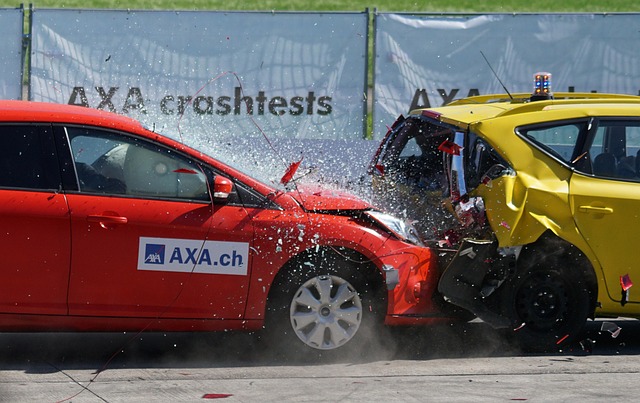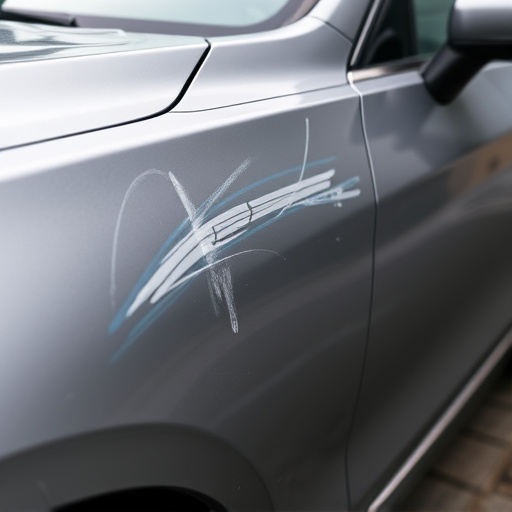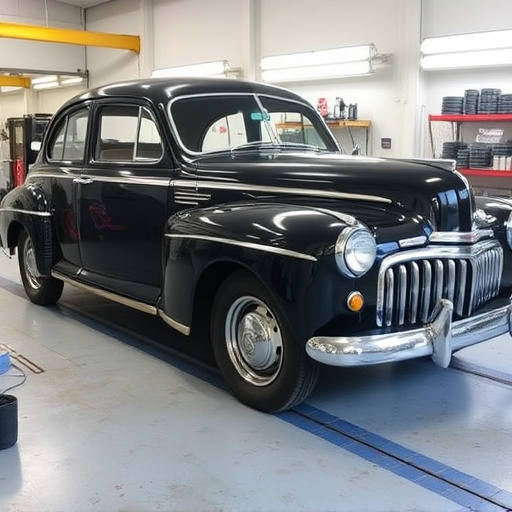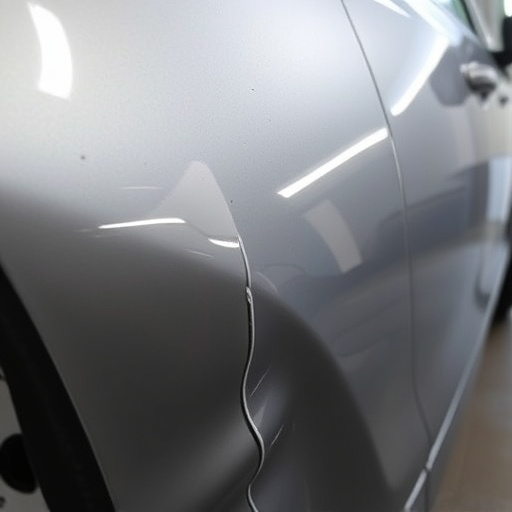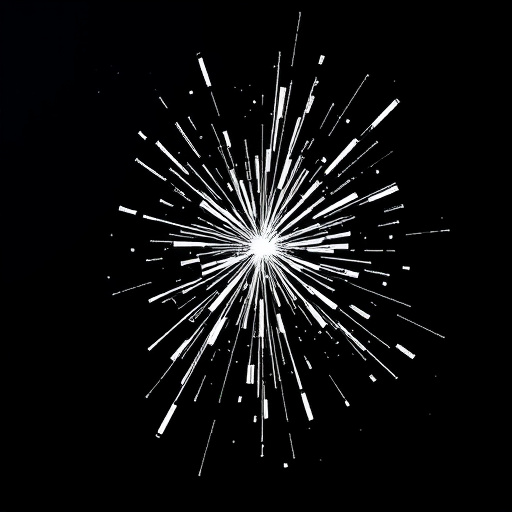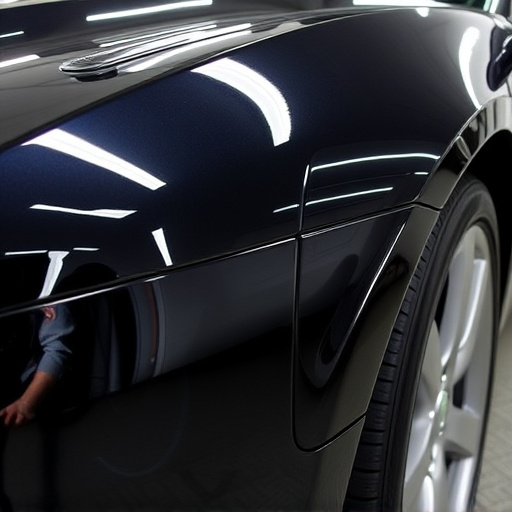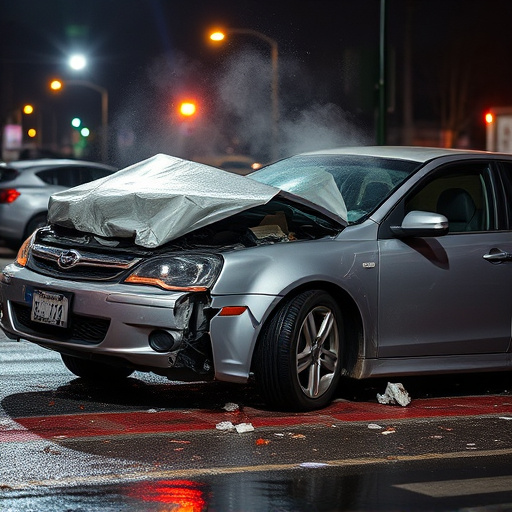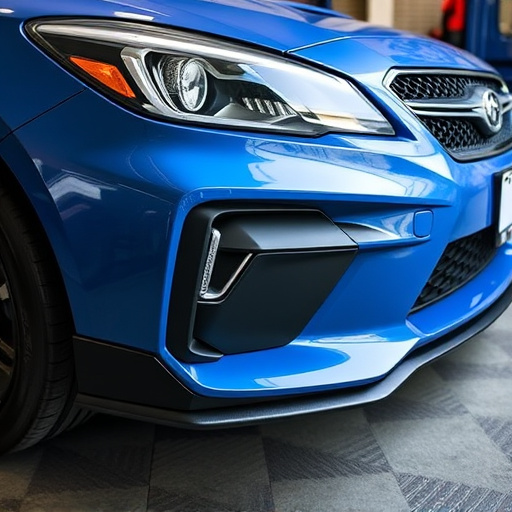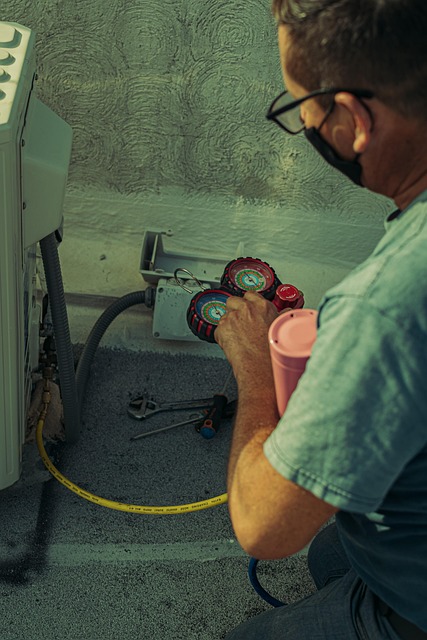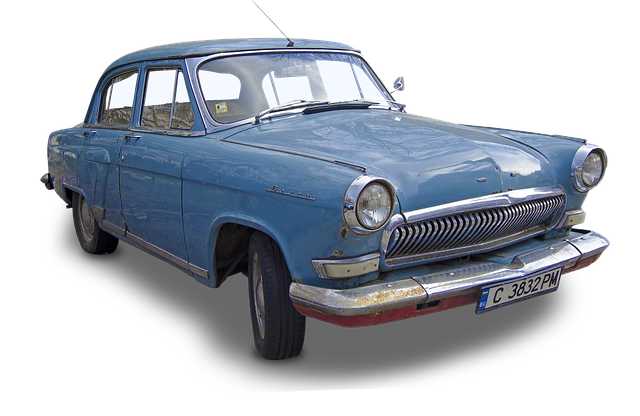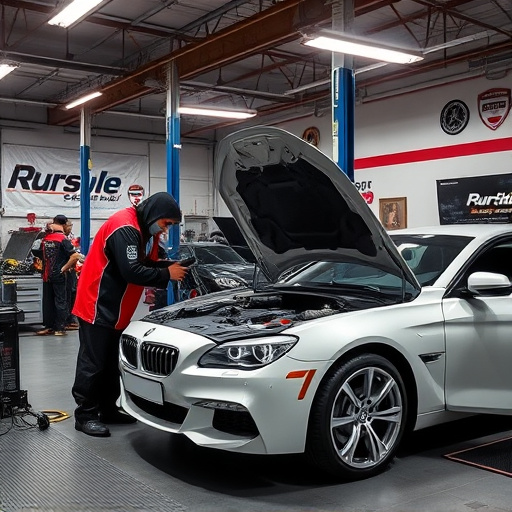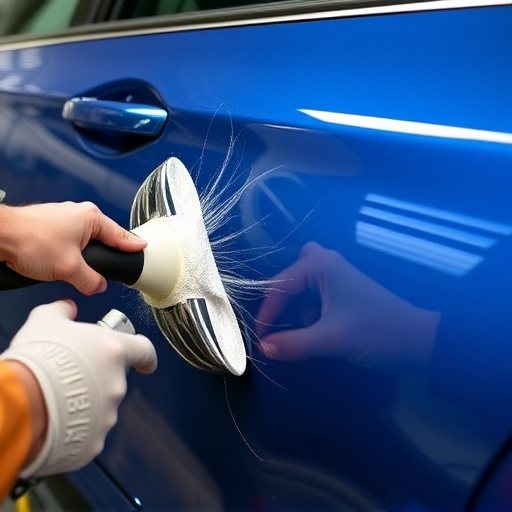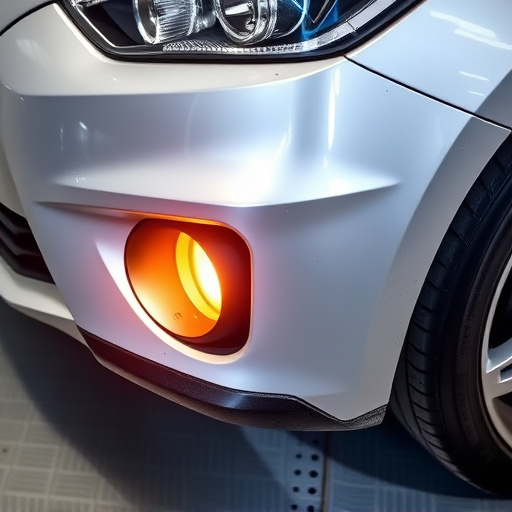Hatchback collision repair involves assessing damage, from exterior dents to interior integrity, guiding repair methods like bumper fixes, autobody work, and component replacement. Advanced techniques like laser straightening and robotic welding ensure structural restoration, while skilled technicians achieve precise paint matches for enhanced aesthetics and safety, preserving vehicle value.
In the event of a collision, understanding the basics of hatchback collision repair is crucial for restoring your vehicle to its pre-incident condition. This comprehensive guide delves into the essential steps of assessing damage, identifying common parts that may require replacement, and mastering safe, efficient restoration techniques. Whether you’re a professional or an enthusiastic DIYer, harnessing this knowledge ensures top-notch hatchback collision repair.
- Assessing Damage: The First Step in Hatchback Repair
- Common Hatchback Parts to Replace After a Collision
- Techniques for Efficient and Safe Hatchback Collision Restoration
Assessing Damage: The First Step in Hatchback Repair
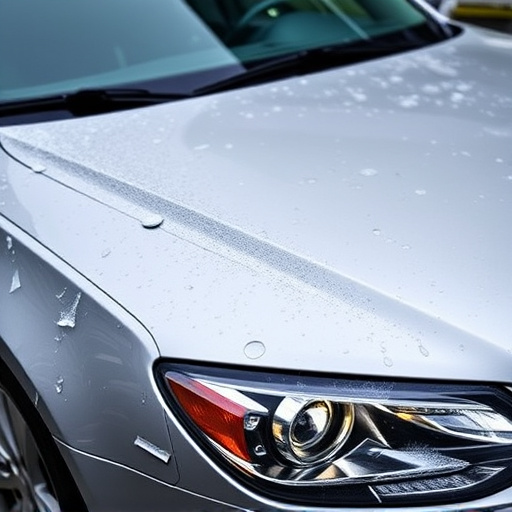
Assessing damage is a crucial first step in hatchback collision repair. After a collision, it’s essential to carefully inspect your vehicle for any visible signs of impact. This includes dents, dings, scratches, and cracks on both the exterior and interior. A thorough inspection will help you understand the extent of the damage and guide you towards the appropriate repair methods.
For instance, minor car scratch repairs might be suitable for superficial markings, while deeper dents or structural damage may require more intensive automotive repair techniques. Collision repair professionals have the tools and expertise to assess and address these issues, ensuring your hatchback is restored to its pre-accident condition or even beyond.
Common Hatchback Parts to Replace After a Collision
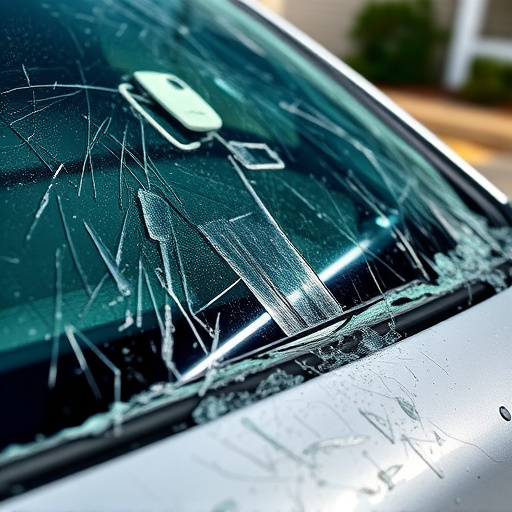
In the event of a hatchback collision, several key parts often require repair or replacement to ensure safety and vehicle functionality. The front and rear bumpers are commonly damaged in such incidents and need to be meticulously repaired or replaced to maintain the structural integrity of the vehicle. Additionally, fenders and doors may bear visible dents or cracks, necessitating professional autobody repair services.
Other essential components that frequently demand attention include headlamps, taillights, and signal lights. These parts play a crucial role in visibility and safety on the road. Moreover, tire services might be required if the impact has caused damage to the tires or suspension system. For example, Mercedes Benz repair specialists are equipped to handle these challenges, ensuring that each replaced part aligns with the vehicle’s original specifications for optimal performance and aesthetics.
Techniques for Efficient and Safe Hatchback Collision Restoration
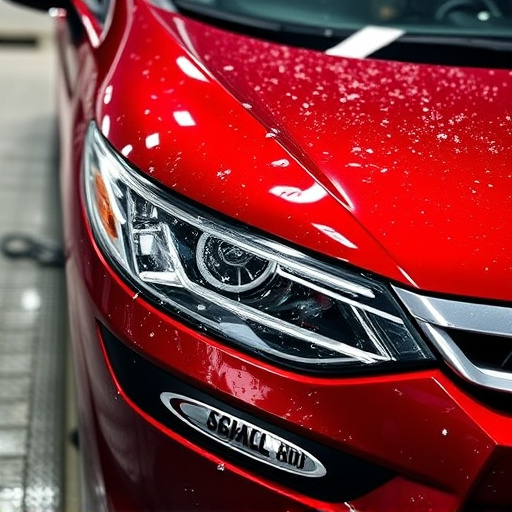
When it comes to hatchback collision repair, efficiency and safety are paramount. Modern auto repair services employ advanced techniques like laser straightening and robotic welding to restore vehicle structures to their pre-collision condition with precision and speed. These methods not only ensure structural integrity but also minimize damage to surrounding components, preserving the overall quality of your vehicle.
For an optimal outcome, skilled technicians integrate seamless vehicle paint repair tailored to the specific make and model, such as those found in Mercedes-Benz repairs. This meticulous process involves careful surface preparation, expert painting, and final curing to match the original factory finish, enhancing both aesthetics and resale value. By combining these cutting-edge techniques with a focus on safety, hatchback collision repair can be executed efficiently without compromising the integrity or appearance of your vehicle.
Hatchback collision repair is a multifaceted process that requires careful assessment, specific part replacement, and safe, efficient restoration techniques. By understanding the basics covered in this article—from assessing damage to employing modern restoration methods—car owners can ensure their hatchback returns to its pre-collision condition. Remember, prompt action and professional guidance are key to successful hatchback collision repair, ensuring both safety and vehicle longevity.
